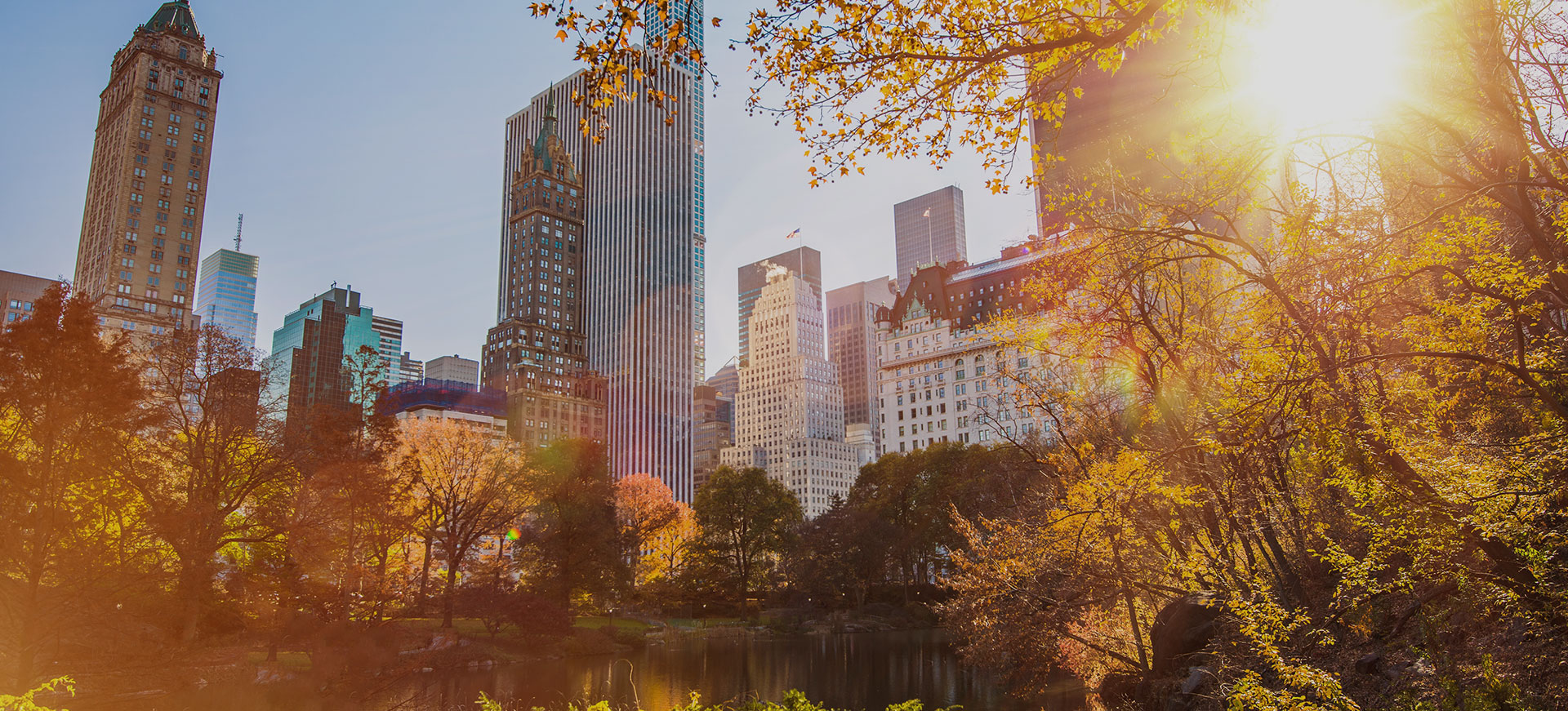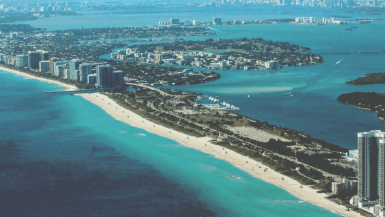Michigan might not have blockbuster-name national parks like Yellowstone and Yosemite to shout about, but that’s part of its magic. Most of Michigan’s national parks go under the radar, despite being home to some of the country’s most staggering scenery.From unspoiled lakes and pristine sandy stretches to battlefields and copper minefields, we’ve cherry-picked some of the best national parks in Michigan
The best national parks in Michigan
1. Isle Royale National Park
Isle Royale National Park might not be the most popular patch of preserved parkland — in fact, only three remote Alaskan national parks receive fewer visitors — but don’t let that put you off. The 210 sq. mile (335 sq. km) island sits at the heart of Lake Superior, so to get there you’ll need to take a ferry or short flight. Once you get onto dry land, it’s pure untamed wilderness, complete with resident moose and loons. It feels about as far from civilization as you can get. Bliss. The island is car and road-free, so to get around you’ll need to take a canoe, kayak or two feet. There are over 165 miles of hiking trails to explore, as well as a handful of rustic campsites. If you’d prefer a bed, Rock Harbour Lodge is your best (and only) option.
The park is closed during the winter so make sure you check out the opening times before making the trip.

2. Sleeping Bear Dunes National Lakeshore
Located on Michigan’s preserved coastline, the Sleeping Bear Dunes National Lakeshore stretches 35 miles(56 km) along Michigan’s 300-mile (482 km) western shoreline. Nicknamed the ‘Gold Coast’, the park encompasses uninterrupted stretches of golden sands peppers with cerulean lakes such as Esch Road Beach, Platte River Point Beach and Peterson Road Beach. There’s plenty to keep visitors occupied, from river paddling and 100 miles (160 km) of hiking trails, but the big draw is really those 14 soft-sand beaches. If you’re looking to sleep under the stars, there are four campsites. Traverse City, located 28 miles east of the park, makes a brilliant base for day trips too.

3. River Raisin National Battlefield Park
Located 38 miles southwest of Detroit, River Raisin National Battlefield Park is definitely one for the history buffs. It commemorates the January 1813 battles that saw some of the war’s bloodiest battles. In fact, the rousing ‘Remember the Raisin’ rally cry was first called at the site. The battle marked a decisive victory for the Tecumseh’s American Indian confederation and the greatest defeat for the US during the War of 1812.
At the park, there are eight miles of paved hike-bike trails, acres of preserved parklands and historic buildings. A visitor centre offers detailed information about the history and culture of the area.

4. Pictured Rocks National Lakeshore
Pictured Rocks National Lakeshore is Michigan’s blockbuster national park. It was the country’s first national lakeshore too. Stretching along the shores of Lake Superior, the parklands encompass pristine beaches, towering sandstone cliffs, dense woodlands and nearly 100 miles of hiking trails. It’s popular all year round but it’s undeniably at its prettiest in spring, when a blanket of wildflowers covers most of the grasslands. As well as hiking, the park offers some unmissable attractions, such as Spray Falls — a 70-foot cascading waterfall and Miners Castle — an erosion-created rock formation. It’s also home to one of Michigan’s most iconic lighthouses.

5. Keweenaw National Historical Park
Keweenaw National Historical Park might not have endless stretches of golden sands or isolated wilderness, but it does offer a fascinating insight into the once-thriving copper industry. This peninsula once produced the most copper in the world. People have mined the stuff for over 7,000 years — Native Americans would use it to make tools and weapons. The mines closed in the early 20th century but copper has remained an integral part of the region’s identity. The park features 22 independently-operate heritage sites that document the rise and fall of the industry. There’s also a visitor centre with insights into the park’s illustrious history, as well as abandoned mines and mining facilities for visitors to explore. Once you’ve had your fill of copper, there’s a handful of scenic log cabins to retreat to for some shut-eye too.

6. North Country National Scenic Trail
North Country National Scenic Trail is the longest in the National Trails System. It stretches a staggering 4,800 miles across eight states from North Dakota to Vermont — and you can pick up part of it in Michigan. The trail sweeps across 500 miles of most of the Upper Peninsula, through forests, farmlands and some pretty remote terrain. It’s one of the state’s most breathtaking hikes and it even includes a trip across the Mackinac Bridge, which only operates once a year. If you manage to make the full 100-mile hike, the North country National Scenic Trail authorities will give you a special commemorative patch too.

7. Mackinac Island
Mackinac Island was one of the country’s first national parks, second only to Yellowstone in 1875. It remained a national park until 1895, when the military decided to close the fort, so technically it’s really a state park. The entire island is car-free and to get around you’ll need to rely on foot, bikes or horsedrawn carriages. Getting there requires a short boat ride too. The island isn’t short on sights either. American war enthusiasts can explore Fort Mackinac, a handful of historic residences, a battlefield and the beach the British landed on. Outdoorsy types can choose from more than 70 miles of hiking and biking trails too.





















